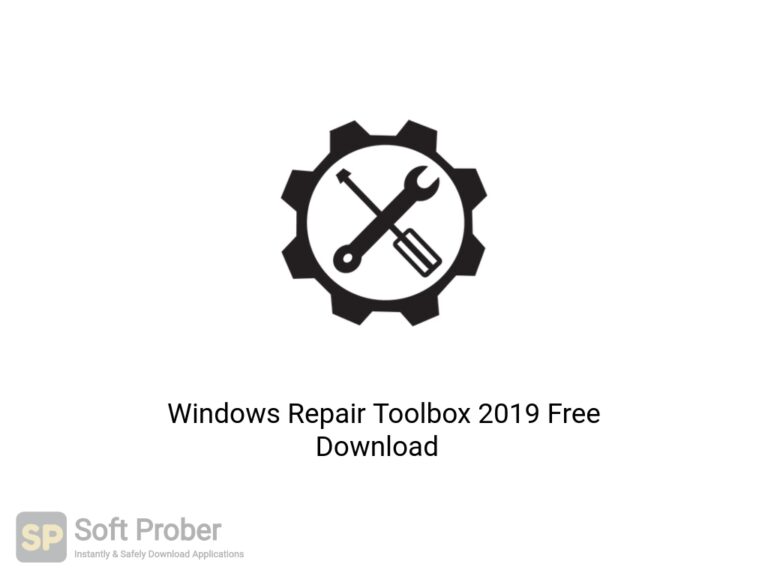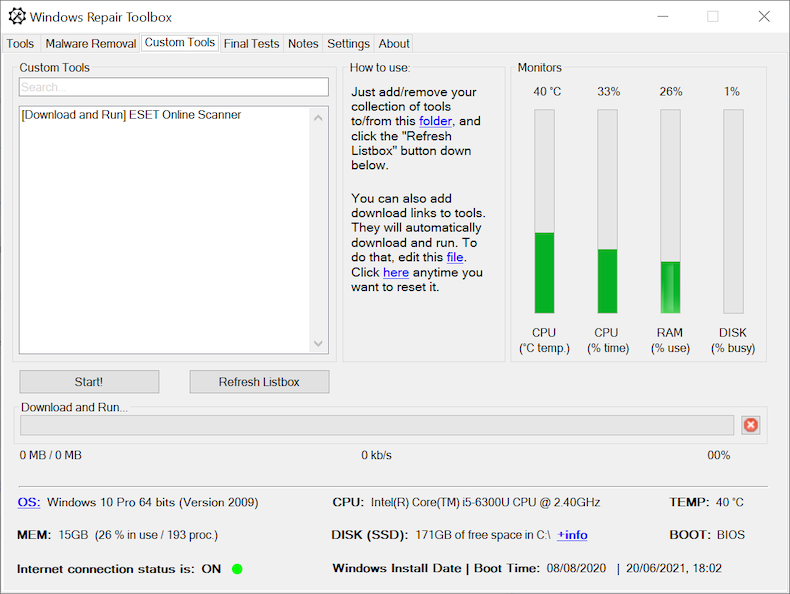



Windows Toolbox consists of a collection of scripts run through PowerShell and, although it does the job as advertised, it has very recently been discovered that it also contains malicious obfuscated scripts that install a Trojan and potentially other malware on affected devices.ĭo not, under any circumstances download and run Windows Toolbox. As a result, tech sites quickly jumped on board, enthusiastically promoting Windows Toolbox which, of course, led to it being downloaded by many users. Enter Windows ToolboxĪround that same time, a new tool called Windows Toolbox was released on GitHub with a host of features, including the ability to install Google Play Store for the Android subsystem. However, when the feature was eventually released, excitement quickly turned to disappointment as users realized that it didn’t support Google Play. When Microsoft announced the introduction of a feature that allows users to run Android apps on Windows, the news excited many users. Windows Toolbox, a popular Windows 11 script used to add the Google Play Store to the Android Subsystem, is covertly infecting users’ systems with malicious scripts, Chrome extensions, and other malware.


 0 kommentar(er)
0 kommentar(er)
